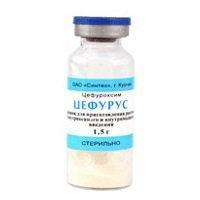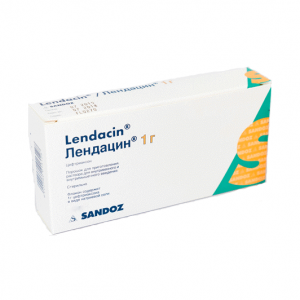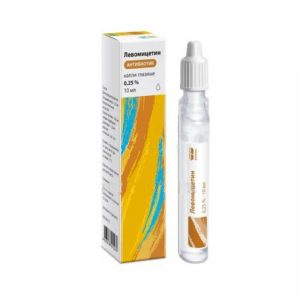Description
Release form
Dispersible tablets
Pharmacological action
Antibiotic macrolide group, is a representative of azalides. Suppresses RNA-dependent protein synthesis of sensitive microorganisms.
Active against gram-positive bacteria: Staphylococcus aureus, Streptococcus spp. (including Streptococcus pneumoniae, Streptococcus pyogenes / group A) gram-negative bacteria: Haemophilus influenzae, Haemophilus parainfluenzae, Haemophilus ducreyi, Moraxella catarrhalis, Escherichia coli, Bordetella pertussis, Bordetella parapert Borrelia burgdorferi, Neisseria gonorrhoeae, Campylobacter spp., Legionella pneumophila anaerobic bacteria: Bacteroides fragilis.
Azithromycin is also active against Chlamydia trachomatis, Mycoplasma pneumoniae, Mycoplasma hominis, Treponema pallidum.
Also active against Toxoplasma gondii.
Pharmacokinetics
Quickly absorbed from the digestive tract. Eating reduces the absorption of azithromycin. Cmax in plasma is reached after 2-3 hours. It is rapidly distributed in tissues and body fluids. 35% of azithromycin is metabolized in the liver by demethylation. More than 59% is excreted with bile unchanged, about 4.5% – with urine unchanged.
Indications
Infectious and inflammatory diseases caused by microorganisms sensitive to azithromycin, incl. bronchitis, pneumonia, infections of the skin and soft tissues, otitis media, sinusitis, pharyngitis, tonsillitis, gonorrheic and non-chronic urethritis and / or cervicitis, Lyme disease (borreliosis).
Contraindications
Hypersensitivity to azithromycin and other macrolide antibiotics.
Special instructions
Not recommended for use in patients with impaired liver function.
Use with caution in cases of impaired renal function.
Azithromycin should be taken at least 1 hour before or 2 hours after a meal or antacids.
Composition
1 tab. contains:
Active substances: perindopril tosylate 5 mg, indapamide 1.25 mg.
Excipients: lactose monohydrate, corn starch, sodium bicarbonate, corn starch
sodium saccharinate,
vanillin,
silicon dioxide colloidal.
Dosage and administration
Set individually, taking into account the nosological form, the severity of the disease and the sensitivity of the pathogen.
Adults inside – 0.25-1 g 1 time / day for children – 5-10 mg / kg 1 time / day. Duration of administration is 2-5 days.
Side effects of the digestive system: nausea, vomiting, flatulence, diarrhea, abdominal pain, transient increase in the activity of liver enzymes rarely – cholestatic jaundice.
Allergic reactions: rarely – skin rash, angioedema, erythema multiforme, Stevens-Johnson syndrome, toxic epidermal necrolysis.
Dermatological reactions: rarely – photosensitivity.
From the side of the central nervous system: dizziness, headache rarely – drowsiness, weakness.
From the hemopoietic system: rarely – leukopenia, neutropenia, thrombocytopenia.
From the cardiovascular system: rarely – chest pain.
From the genitourinary system: vaginitis rarely – candidiasis, nephritis, increased residual urea nitrogen.
Other: rarely – hyperglycemia, arthralgia.
Drug Interactions
When used together with ergot alkaloids, the risk of ergotism cannot be ruled out.
With the simultaneous use of azithromycin with warfarin, cases of increased effects of the latter have been described.
With the simultaneous use of digoxin or digitoxin with azithromycin, a significant increase in the concentration of cardiac glycosides in blood plasma and a risk of developing glycoside intoxication are possible.
With simultaneous use with disopyramide, a case of ventricular fibrillation has been described.
With simultaneous use with lovastatin, cases of rhabdomyolysis have been described.
When used concomitantly with rifabutin, the risk of developing neutropenia and leukopenia is increased.
With simultaneous use, cyclosporine metabolism is disrupted, which increases the risk of adverse and toxic reactions caused by cyclosporin.
Active ingredient
Azithromycin
Conditions of supply of
Pharmacy Prescription
lekarstvennaja form
pills for resorption




